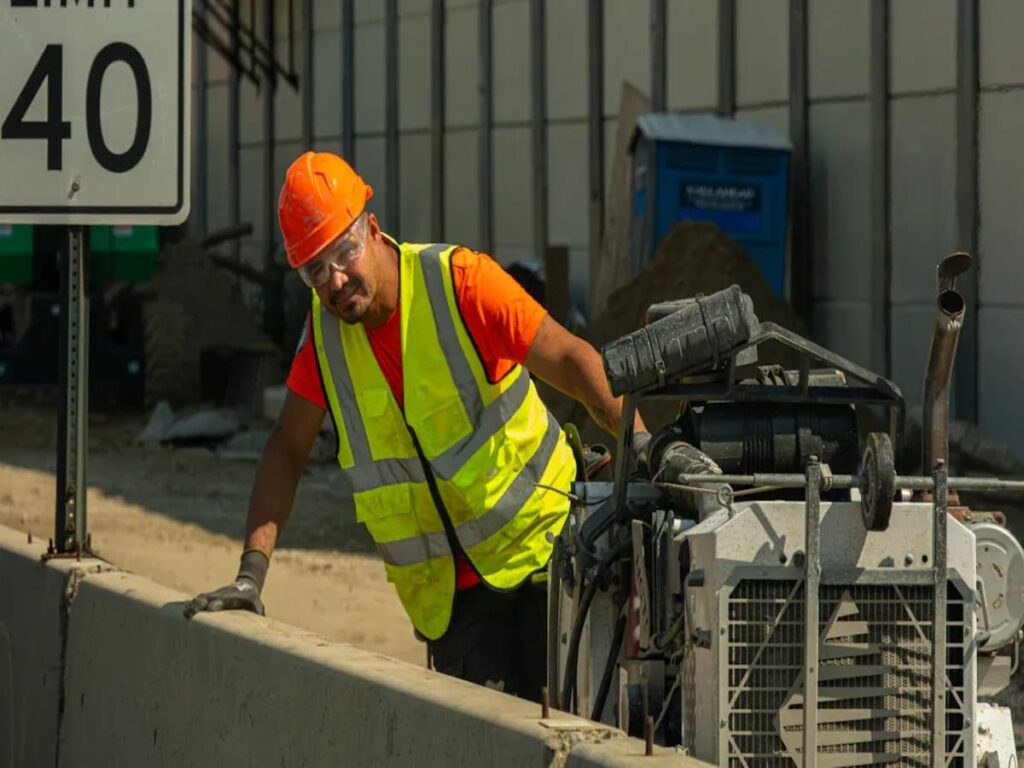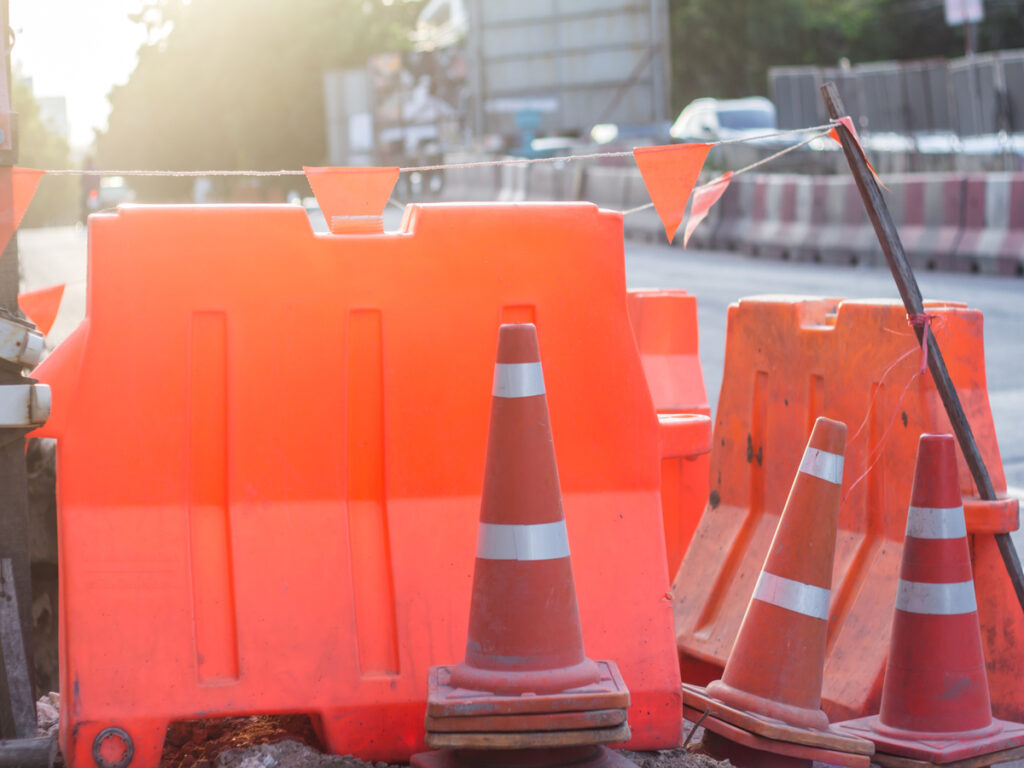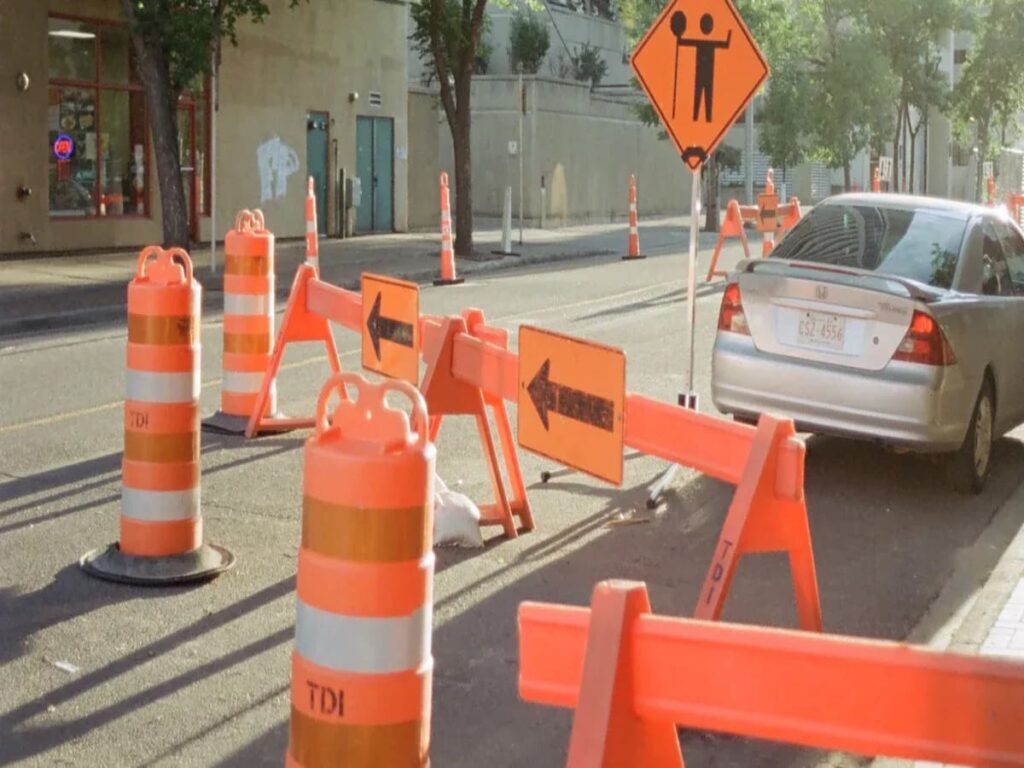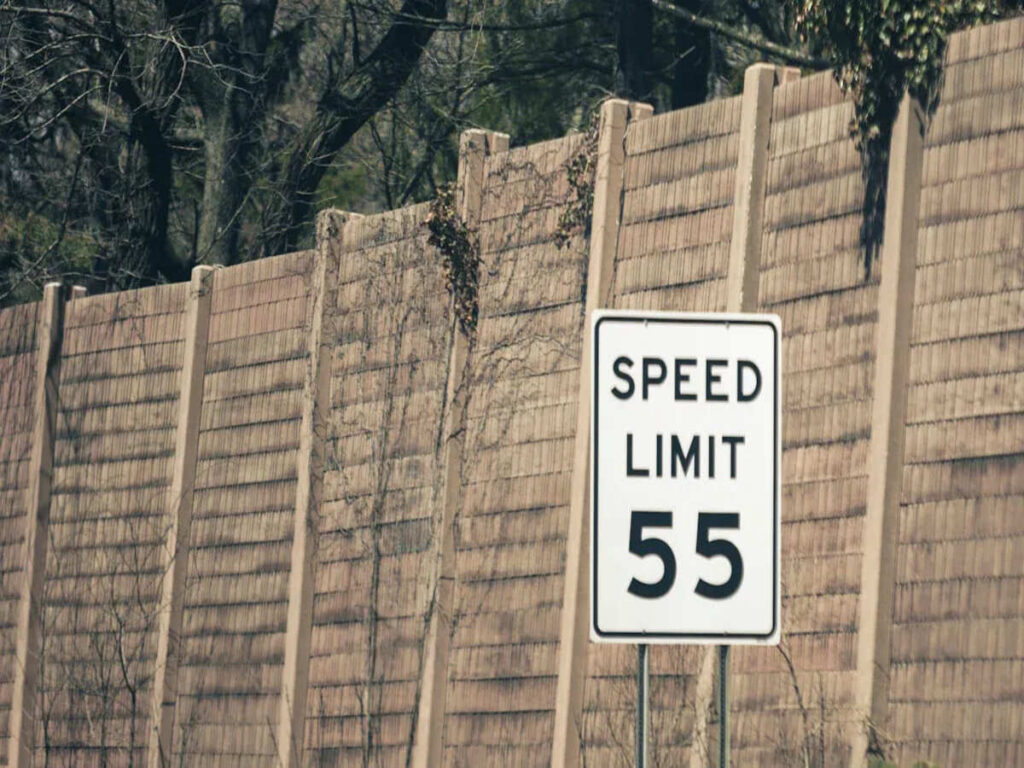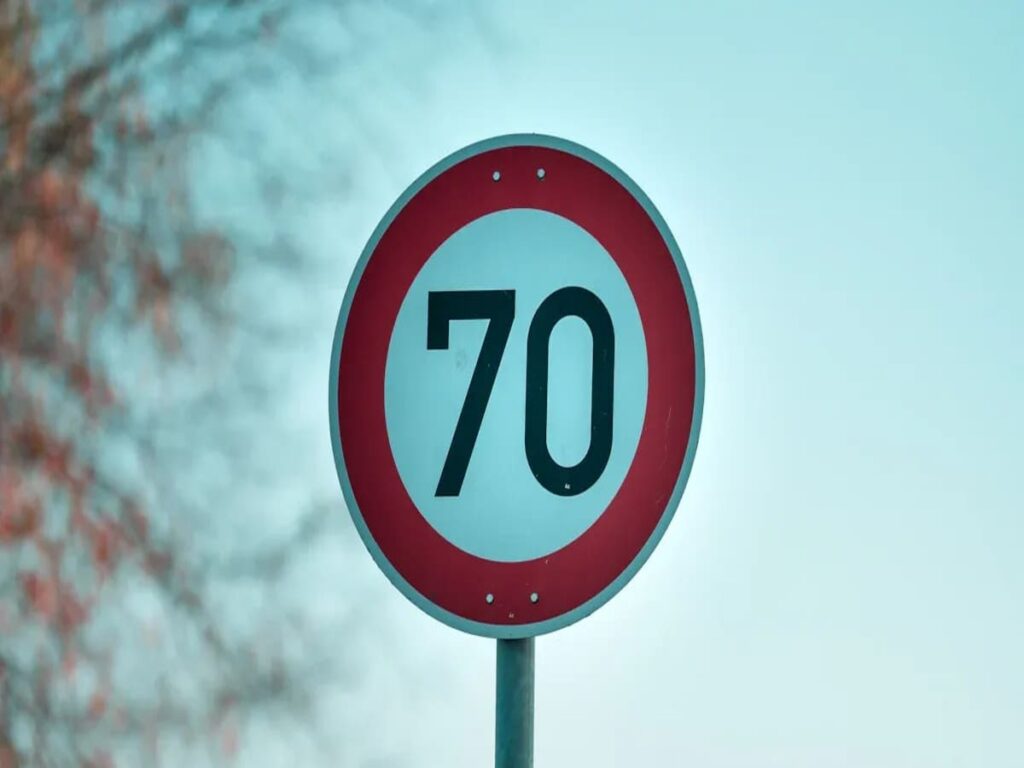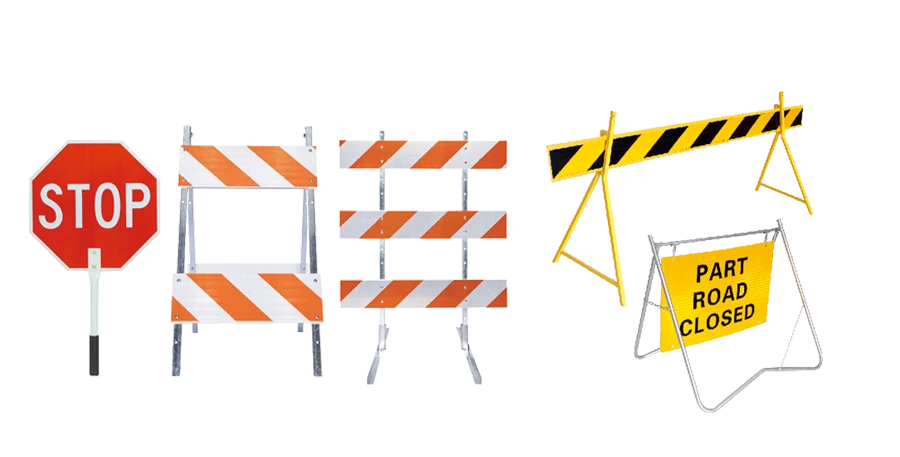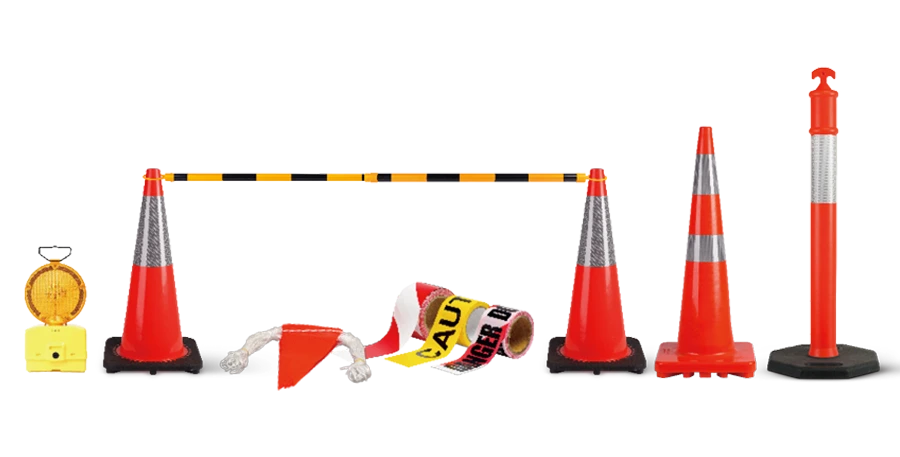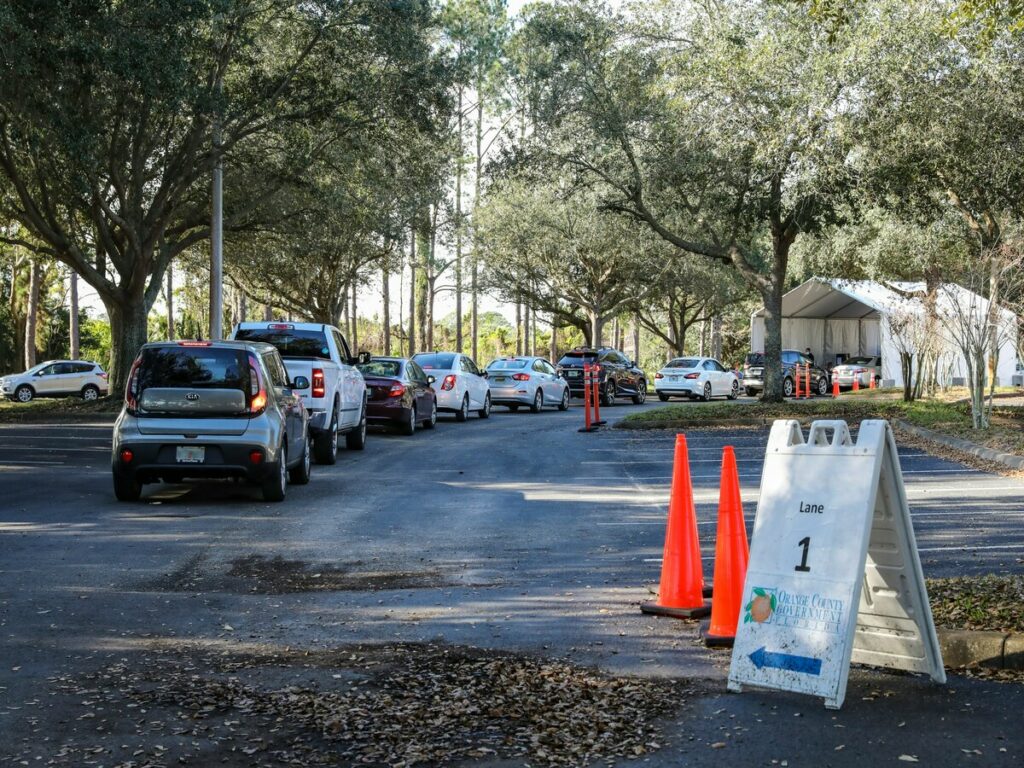
Heatwaves are periods of extremely high temperatures that last for several consecutive days. They can lead to significant challenges for road safety. Roads, particularly those made of asphalt, soften and become more susceptible to damage during extreme heat. This can cause surface distortions, cracks, and potholes, all of which increase the risk of accidents. Furthermore, vehicles are put under greater stress in such conditions, leading to tire blowouts, reduced traction, and mechanical failures. To help mitigate these risks, caution cones are vital tools used to mark hazards, direct traffic, and enhance road visibility. These brightly colored cones can guide drivers safely through potentially dangerous areas, ensuring that they remain alert and avoid unnecessary accidents.
The Challenges of Extreme Heat on Road Safety

Overview of Heatwaves
Heatwaves are characterized by prolonged periods of excessively high temperatures, often above 90°F (32°C), with little relief overnight. These extreme conditions have a direct impact on road infrastructure. Asphalt, one of the most commonly used road construction materials, is particularly susceptible to heat damage. When exposed to high temperatures, asphalt softens and becomes pliable, which makes it more vulnerable to ruts and cracks. This can significantly degrade road quality and lead to accidents.
In addition to surface degradation, heatwaves also place stress on vehicles. Tires, in particular, are prone to overheating, which can lead to blowouts. The combination of deteriorating road conditions and vehicle strain creates a dangerous environment for drivers, making road safety even more critical.
Road Safety Concerns During Heatwaves
The dangers posed by heatwaves to road safety include:
- Surface Distortions: When asphalt softens, it can develop ruts and uneven surfaces. This makes driving hazardous, as vehicles may lose traction or experience difficulty navigating the road.
- Potholes and Cracks: As the heat weakens the road surface, potholes may form or grow deeper, creating sudden obstacles that can damage vehicles or cause accidents.
- Tire Blowouts: High temperatures cause tire pressure to rise, which increases the risk of blowouts. This is especially true for tires that are worn or improperly inflated.
- Reduced Vehicle Performance: Vehicles are also susceptible to overheating during heatwaves, especially older models or those in poor condition. This can result in mechanical failures, further compounding the dangers on the road.
To mitigate these risks, it is essential to employ safety measures that can help guide drivers and protect them from hazards. One of the most effective tools in this regard is the use of caution cones, which help to mark dangerous zones and keep traffic flowing safely.
How High Temperatures Impact Traffic Cones and Road Safety
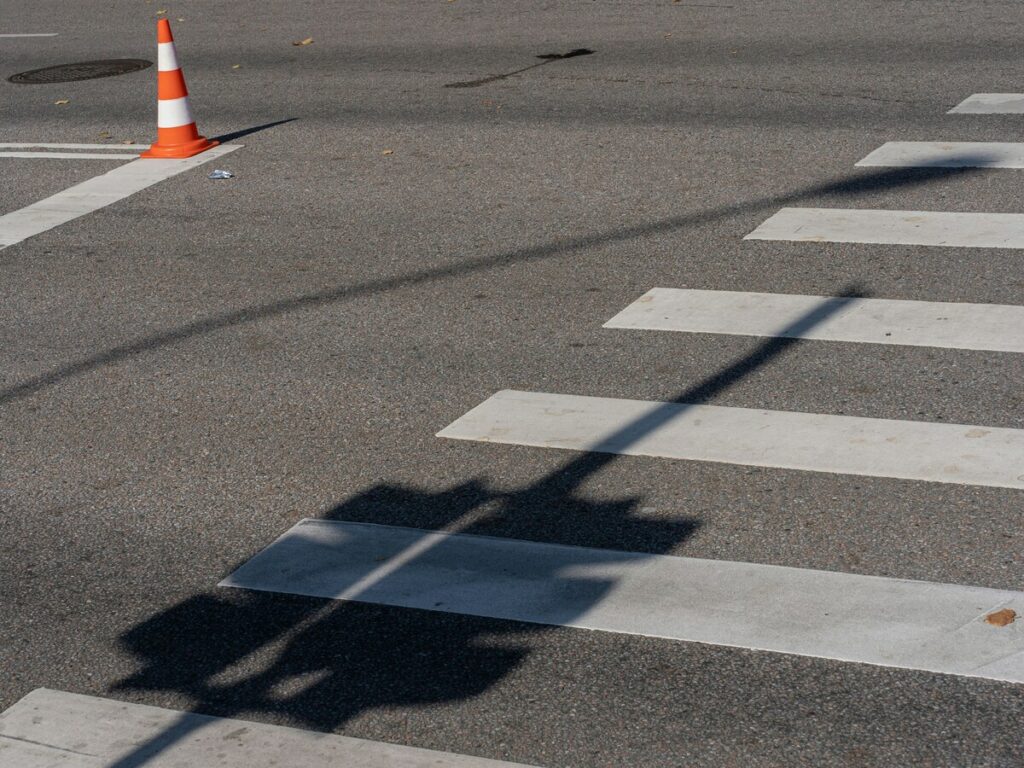
Material Degradation in Extreme Heat
Caution cones are typically made from materials such as plastic and PVC. While these materials are durable, they can be compromised under extreme heat. In hot conditions, caution cones made from these materials may:
- Warp or Melt: Excessive heat causes plastic and PVC to soften, making caution cones susceptible to warping or even melting. This compromises the structural integrity of the cone, reducing its effectiveness as a safety marker.
- Discoloration: Bright colors are a key feature of caution cones, making them easily visible in low-light conditions or from a distance. However, high temperatures can cause the colors to fade, which reduces visibility, especially during the day when the sun is at its peak.
Deformation and Instability
In addition to color fading and material degradation, extreme heat can lead to deformation, especially at the base of the caution cones. The base may soften and cause the cone to lose its stability. This can lead to caution cones tipping over or being displaced, which reduces their effectiveness in marking hazardous areas.
Selecting Traffic Cones for High-Temperature Conditions
Materials That Withstand Heat
When choosing caution cones for use during heatwaves, it is essential to select those made from materials that can withstand extreme temperatures. Some of the best options include:
- UV-Resistant Plastics: These materials are designed to resist degradation from exposure to the sun’s UV rays, ensuring that the orange caution cones remain durable and visible even during extended periods of heat.
- Heat-Resistant Plastics: Cones made from specially formulated, heat-resistant materials are ideal for withstanding high temperatures. These materials maintain their shape and structure, even when exposed to prolonged heat.
- Heavy-Duty Reflective Sheeting: For orange caution cones used in high-traffic or construction zones, reflective sheeting is essential for ensuring visibility at night or in low-light conditions. High-quality reflective sheeting retains its reflective properties under intense sunlight, making it a crucial feature in heatwave conditions.
Heat-Resistant Coatings and Additives
Some traffic cones are treated with special coatings or additives that enhance their heat resistance. These products can:
- Improve Durability: Coatings help orange caution cones maintain their structural integrity, even under extreme temperatures.
- Preserve Color: Heat-resistant coatings prevent color fading, ensuring that orange caution cones remain highly visible even in the hottest weather.
Reflective Sheeting for High-Temperature Environments
Reflective sheeting is crucial for ensuring that caution cones remain visible in all conditions, including direct sunlight. In heatwave conditions:
- Increased Visibility: Reflective sheeting helps maintain the visibility of orange caution cones, even when the sun is at its peak.
- Long-Lasting Effectiveness: High-quality reflective materials will not lose their reflective properties over time, ensuring that caution cones can be seen from a distance, day or night.
Using Traffic Cones to Ensure Road Safety During Heatwave
Indicating Potential Road Damage
During heatwaves, the road surface becomes much more vulnerable to damage. Caution cones can be used to mark these areas, warning drivers of potential hazards. By placing traffic cones around cracks, potholes, or soft asphalt, road workers can help alert drivers to the dangers ahead and guide them safely around damaged sections of the road.
Marking Potholes and Cracks
Asphalt roads are prone to cracking and developing potholes during heatwaves. These issues can be difficult for drivers to spot, especially at high speeds. Caution cones can be strategically placed around potholes or cracks to alert drivers and prevent accidents. Marking these hazards is critical, as they can cause significant damage to vehicles or lead to dangerous driving conditions.
Establishing Safe Distances Between Vehicles
The risk of tire blowouts and loss of traction is heightened during heatwaves, making it essential for drivers to maintain safe distances from one another. Caution cones can be used to:
- Slow Traffic: Cones can be positioned to create controlled lanes, helping to slow traffic and prevent congestion.
- Guide Drivers to Safe Zones: By establishing proper spacing between vehicles, caution cones ensure that drivers maintain enough distance to avoid accidents caused by tire blowouts or loss of control.
OPTsigns traffic cones are designed to withstand the extreme heat. Made with heat-resistant materials and reflective sheeting, they remain durable and visible, even under intense sunlight. Whether used to mark road damage, warn of tire blowout risks, or guide traffic through areas affected by heatwaves, OPTsigns ensure maximum safety during extreme heat conditions.
Best Practices for Traffic Cone Usage in High-Temperature Weather

Strategic Placement for Maximum Impact
For caution cones to be effective, it is essential to place them strategically:
- Mark Hazardous Areas: Place cones around areas with soft asphalt, potholes, or cracks to ensure that drivers are aware of the danger.
- Create Safe Zones: Use cones to create safe lanes or routes for drivers, helping them avoid areas that are unsafe due to heat damage.
Regular Inspections and Maintenance
Heatwaves can cause cones to degrade quickly. Regular inspections are essential to ensure that cones remain effective:
- Check for Deformation: Inspect cones for signs of melting, warping, or cracking that may reduce their effectiveness.
- Ensure Visibility: Check that the reflective sheeting remains intact and that the cones retain their bright colors, ensuring they remain visible in all conditions.
Pairing Cones with Other Road Safety Tools
While caution cones are effective on their own, they are even more powerful when paired with other safety tools:
- Barriers and Fencing: Use barriers or fencing to close off unsafe areas and funnel traffic into safe lanes.
- Warning Signs: Combine caution cones with electronic signs or static warning signs to provide clear guidance to drivers and reduce the risk of accidents.
The Vital Role of Caution Cones in Heatwave Road Safety
During heatwaves, roads become more vulnerable to damage, and the risk to drivers increases. Caution cones are a crucial tool in ensuring road safety during extreme heat. By marking hazards, guiding traffic, and enhancing visibility, caution cones help to mitigate the dangers posed by softening asphalt, potholes, and tire blowouts.
When selecting caution cones for use during heatwaves, it is essential to choose those made from heat-resistant materials with reflective sheeting. Regular inspections and strategic placement can further enhance their effectiveness. For road maintenance teams, construction companies, and municipalities, investing in high-quality, heat-resistant caution cones is a necessary step in protecting both drivers and workers during extreme weather conditions. Ensuring that traffic management systems are well-equipped with durable, heat-resistant cones will go a long way in promoting road safety in the face of rising temperatures.


